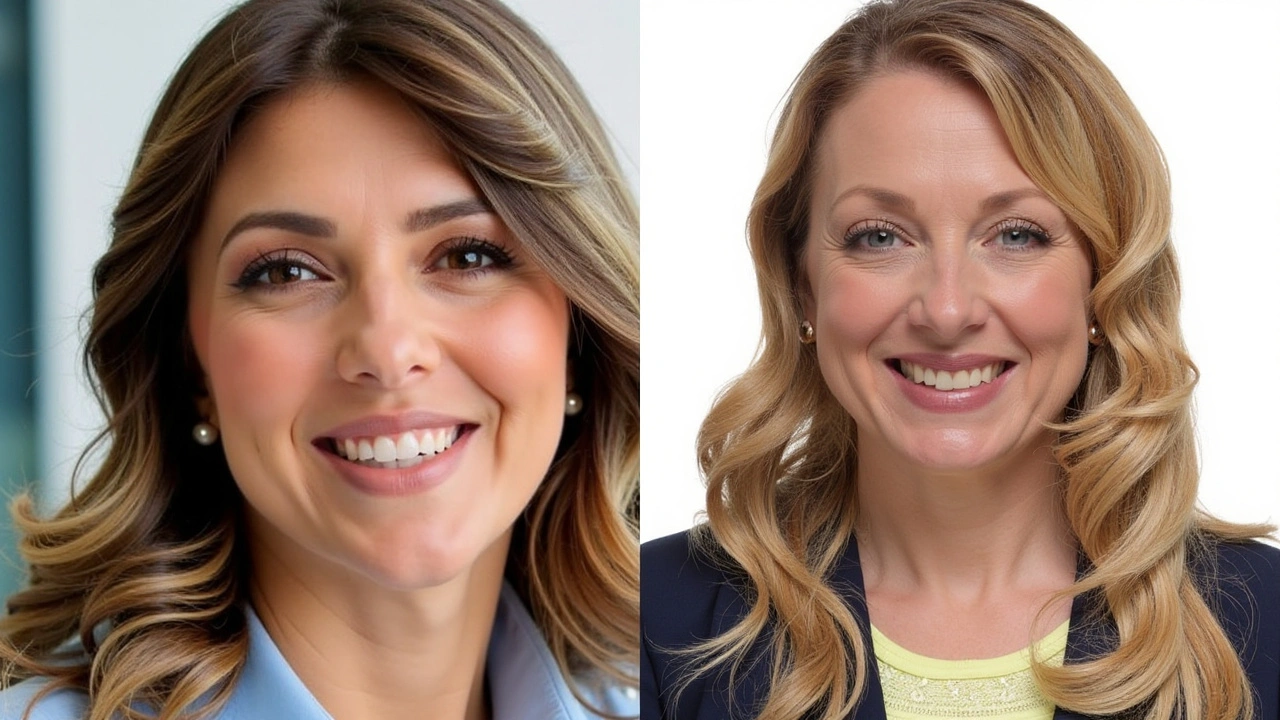Conservative vs Liberal: How to Tell the Difference and Why It Matters
Political labels get thrown around a lot, but what do "conservative" and "liberal" actually mean in practice? If you want to understand news, vote smarter, or argue less with your friends, focus on a few real-world signals: role of government, approach to markets, social values, and how they talk about change.
Start with the role of government. Conservatives usually want smaller government, lower taxes, and fewer regulations on business. Liberals tend to support a bigger government role in health care, education, and safety nets, accepting higher taxes to pay for those services. Ask: does the story praise private solutions or call for public programs? That often reveals the slant.
Practical policy differences to watch for
Economy: If an article stresses tax cuts, deregulation, and business freedom, it leans conservative. If it highlights income inequality, affordable housing, or universal healthcare, it leans liberal.
Social issues: Conservatives often emphasise tradition, law and order, and national identity. Liberals focus on civil rights, inclusion, and social reform. Words like "family values" or "patriotism" hint conservative framing; "equity," "systemic," or "rights" hint liberal framing.
Environment and science: A conservative approach may prioritise jobs and energy independence; a liberal angle usually prioritises climate action and regulation. Watch whether the article centers economic cost or environmental urgency.
Spotting bias in headlines and reporting
Headlines use subtle cues. Active verbs and moral labels push emotions. For example, "government seizes" sounds harsher than "government expands." Check sources: conservative pieces quote business groups, veterans, or law enforcement more often; liberal pieces quote NGOs, academics, or civil-rights groups more often.
Look at what’s missing. If a story about protests focuses only on property damage, it leans conservative. If it focuses only on grievances and history, it leans liberal. Balanced pieces include both context and consequences.
Context matters. On regional issues—say, energy in South Africa or a court case in Guatemala—local history and institutions shape how conservative and liberal positions play out. Don’t import overseas labels without checking the local meaning.
How to read smart: slow down, check multiple outlets, and watch language. Scan for policy proposals, not just opinions. Ask: who benefits from this plan? Who pays? That tells you the ideology behind it.
If you want a quick test: pick any political story and answer three questions—Does it call for more or less government? Does it prioritise individual freedom or community support? Does it stress tradition or change? Two or three answers will point you toward conservative or liberal leanings.
Want more examples from our coverage? Use this tag page to find stories that touch on policy, power, and public values. Follow pieces across different regions to see how the same label shifts meaning in local politics.
No perfect label fits every person. But spotting the signals helps you read with a clearer head and argue from facts, not just slogans.

